
Culture
18:54, 08-Nov-2017
China welcomes President Trump with Peking Opera in Palace Museum
CGTN
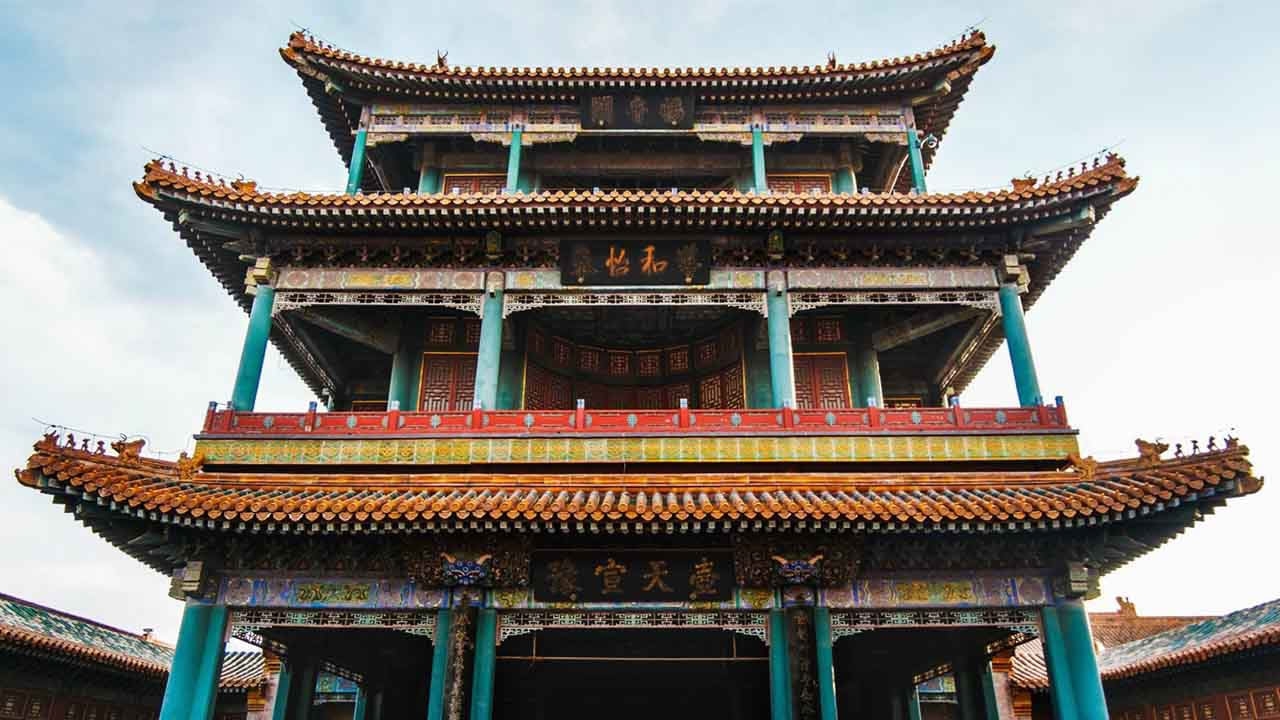
Chinese President Xi Jinping and his wife Peng Liyuan welcomed visiting US President Donald Trump and First lady Melania Trump with traditional tea, culture and Peking Opera at the Palace Museum on Wednesday.
The two leaders and their wives watched three operas at the Changyin Pavilion, the largest stage of the ancient palace complex sitting at the heart of the Chinese capital, Beijing.
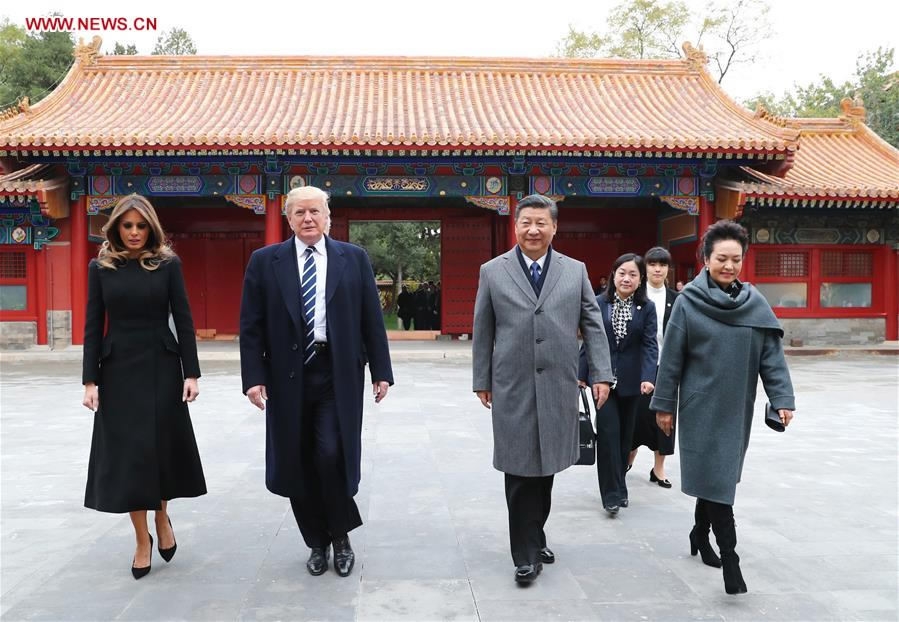
President Xi Jinping and his wife Peng Liyuan welcome US President Donald Trump and his wife Melania Trump at the Palace Museum, or the Forbidden City, in Beijing. /Xinhua Photo
President Xi Jinping and his wife Peng Liyuan welcome US President Donald Trump and his wife Melania Trump at the Palace Museum, or the Forbidden City, in Beijing. /Xinhua Photo
It is President Trump’s first state visit to China, and the third meeting between the two leaders. Ahead of the meeting, China promised to welcome the visiting US President with a “state visit-plus” experience.
Where is Changyin Pavilion?
It is only months after music and opera were heard again in the Changyin Pavilion after over a century away.

File of Changyin Pavilion under renovation. /CNS Photo
File of Changyin Pavilion under renovation. /CNS Photo
The pavilion was only reopened in September this year, after undergoing a thorough renovation, which aims to bring the ancient cultural relic back to life.
The Changyin Pavilion, built from 1772 to 1776 during the reign of Emperor Qianlong, is the stage of a royal theater. The theater includes three structures: the stage at Changyin Pavilion, the auditorium in the Yueshi Building and the backstage is inside the Banxi Building, all located in Ningshou Palace - also known as the Qianlong Garden - which is in the northeast of the Forbidden City's inner court.
The Changyin Pavilion is a five-story stage, with three stories above ground and two underground. The total area is more than 680 square meters. It is equipped with wells, a basement and winches, all hidden under the wooden floor.
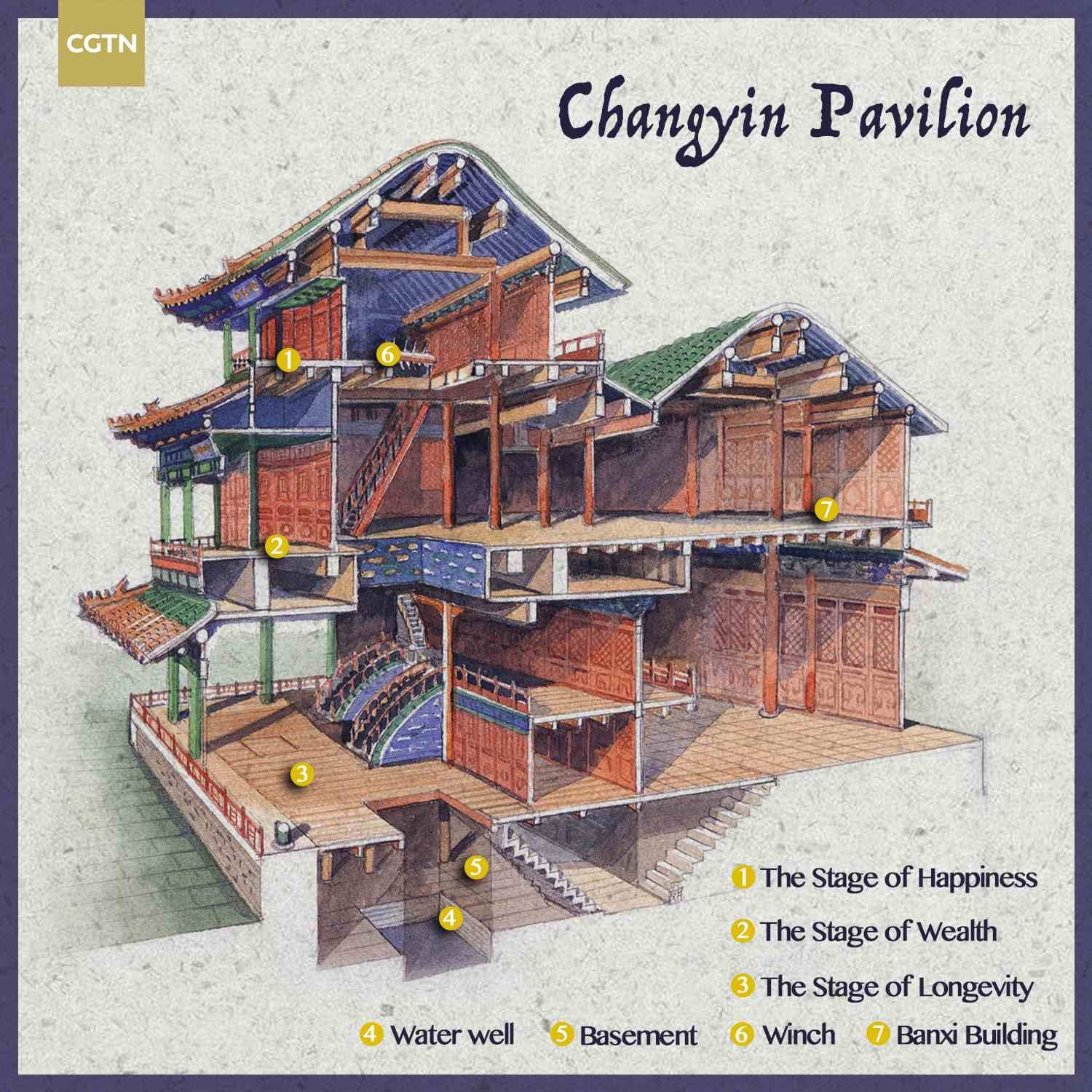
CGTN Photo
CGTN Photo
Such equipment enables the artists to present a variety of dramatic effects. Performers and settings could “emerge from beneath the floor” or “descend from the heaven,” with the well allowing the actors to perform scenarios such as lotuses blooming from springing waters.
The Changyin Pavilion and the Yueshi Building are face to face with each other, while Banxi Building is behind the pavilion – it is where the performers get dressed and stand by.
In the past, only the top rulers, such as the emperor, the empress and the empress dowager, along with the high-ranking chancellors, were allowed to watch operas here at the significant celebrations. These included traditional festivals, the inaugurations of new emperors and birthdays.
But today, according to Shan Jixiang, curator of the Palace Museum, performances will gradually resume, so that every visitor can enjoy watching opera in the palace.
Peking Opera: the essence of the Chinese culture
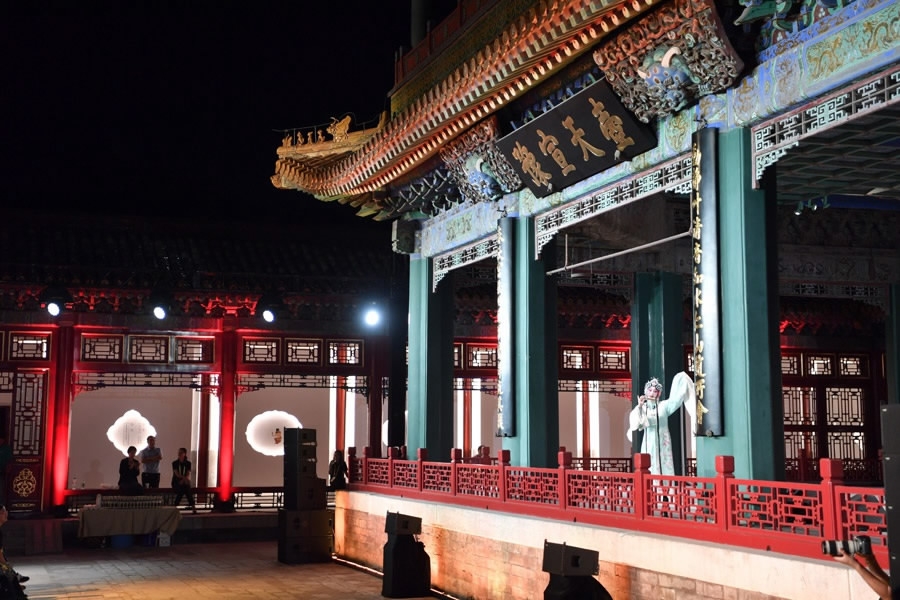
File of artist performing traditional opera at Changyin Pavilion after reopen. /Photo via China Daily
File of artist performing traditional opera at Changyin Pavilion after reopen. /Photo via China Daily
Long ago, watching opera was one of the main forms of entertainment in the Forbidden City. During the Qing Dynasty, special institutions were set up to take care of opera training and performing in the court. Folk troupes were also occasionally invited to perform for the rulers.
However, Peking Opera - an artistic form that was being formed then - soon became the most welcomed genre at that time, and after it took off in the court, it quickly became popular across the whole country.
By the early 20th century, it was already in the heyday, and had several diversified schools.
Great masters also started to spring up, with Mei Lanfang being among the leading ones. He was the founder of the renowned Mei School, which is known for the performances of female leading roles in Peking Opera.

Peking Opera artist performes “The Drunken Concubine”. /VCG Photo
Peking Opera artist performes “The Drunken Concubine”. /VCG Photo
“The Drunken Concubine” is a masterpiece by Mei Lanfang, who polished and refined an old opera, taking it to new heights.
The piece is based on the love story of Emperor Xuanzong of the Tang Dynasty (618-907) and his favorite concubine Yang Yuhuan. It depicted a drunken and lonely Yuhuan admiring the moon after the emperor failed to meet her appointment.
The Mei School is characterized by mellow and magnificent singing, which could always bring great visual and aural enjoyment for the audience.
However, elegance could never be enough to describe all Peking Opera. For instance, the operas about the Monkey King, the leading character in China’s classical novel “Journey to the West”, represents another category entirely.
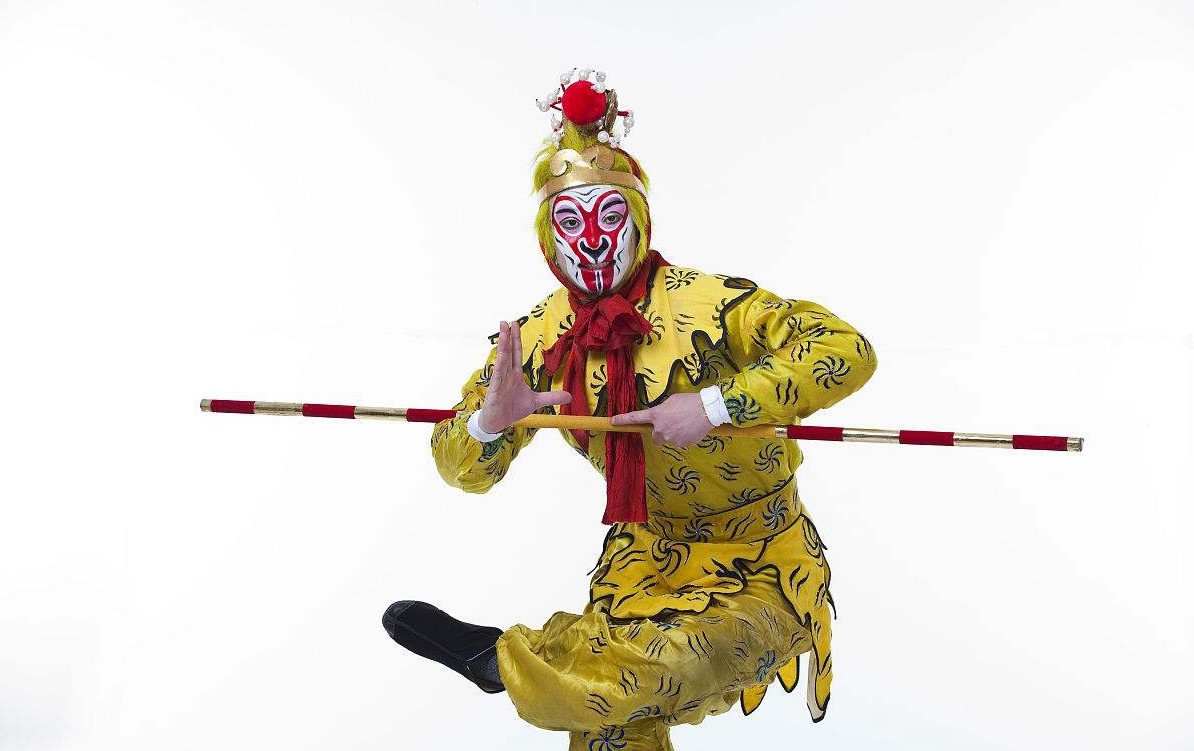
Peking Opera artist performs Monkey King. /VCG Photo
Peking Opera artist performs Monkey King. /VCG Photo
The performances of the Monkey King in Peking Opera involve a lot of martial arts and acrobatic actions. Through swift body movements, the artists’ imitations of the moneys could often amuse the audience and inspire a big laughter among them.
The Peking Opera, dubbed the quintessence of the Chinese culture, was inscribed into the UNESCO’s list of the World’s Intangible Cultural Heritage.
In recent years, as China has put more effort into reviving its traditional culture and building cultural confidence among its people, Peking Opera has found a new chance to rejuvenate and thrive.
An increasing number of young people have become interested in the ancient art form, and many of them are foreigners traveling from far away, just for a chance to get closer to the Peking Opera.
Video by Yang Xinmeng.
2km

SITEMAP
Copyright © 2018 CGTN. Beijing ICP prepared NO.16065310-3
Copyright © 2018 CGTN. Beijing ICP prepared NO.16065310-3